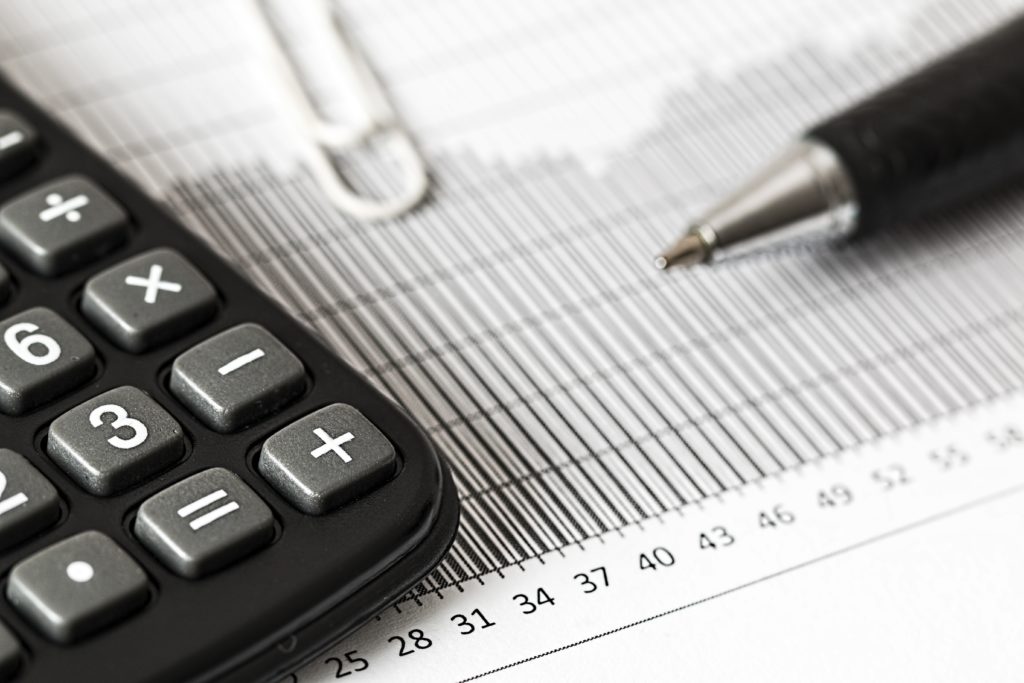
Bankruptcy is a word that no one likes to use — especially about themselves. However, even successful businessmen and women — and entrepreneurs, in particular — often face the risk of declaring bankruptcy.
If you find that you have had to declare bankruptcy either for your business or with your own finances, it can be a traumatic experience. You may feel that you or your company can never recover from the blow.
The truth is, though, if you take the right steps, you can begin to overcome the problem. Here are a few tips to help you set your finances on a firm foundation and begin to build toward professional success again.
Surviving the Impact of Bankruptcy
The specific laws that surround bankruptcy can vary from one place to the next. For instance, in the Philippines, there are three major categories of bankruptcy:
- Suspended payment merely extends the amount of time that you have to pay back a defaulted loan.
- Voluntary insolvency allows the borrower to liquidate assets to pay back debts.
- Involuntary insolvency involves creditors forcing debtors to liquidate what they have to pay back as much debt as possible.
While the specifics may vary at times, the general fallout of a bankruptcy is that your assets will be reduced, your credit score will drop, and you will have a world of trouble doing any financial activity until you can repair your credit.
Re-establishing Credit After a Bankruptcy
If you or your business has gone through bankruptcy, it’s important to get back on track as soon as possible. Here are a few tips to help you do so:
Start with the Hard Lessons
Before you start scrambling for new sources of income, take a hard look at how you got to where you are. Did you spend too much? Were your personal or business expenses too high? Did you fail to plan for unexpected costs along the way?
As the American business titan Oprah succinctly put it, you should always try to “turn your wounds into wisdom.” By reviewing your past mistakes, you can guard against them in the future.
Establish Healthy Credit Habits
Next up, look for ways that you can begin to demonstrate healthy new financial habits. This may be frustrating at times, as your choices can be severely limited after declaring bankruptcy. However, there are still ways to slowly build a more positive credit track record, such as:
- Making every payment on time: This is often the number one factor that can raise or lower your credit. With a poor credit history, you must make every single payment on time. This is especially true if you already have a track record for overdue or late payments.
- Find a credit card option: Look for a secured credit card that you can open using an asset as collateral. You can also ask to be made an authorized user on someone else’s card. In either case, this provides you with a line of credit that, though small, will help you start to show that you can manage revolving credit responsibly.
- Increase your income and pay down debt: Finally, look for ways to increase your income and pay down your debt. Whether it’s looking for a new job or picking up extra work, find ways to generate more money. Then, use that money to pay down your non-revolving credit (things like personal loans) to reduce your total debt.
Operating financially after bankruptcy can often feel like working with both hands tied behind your back. Nevertheless, it’s important to find ways to start to build a positive credit history as you move forward. Over time, this can begin to expunge the damage done by your past financial struggles.
Get Creative About Your Loan Options
This is particularly helpful if you’re trying to get your business back up on its feet. If you find that you desperately need some capital to get things fired up again, look for alternative ways to get approved for a loan, such as:
- Getting a cosigner;
- Asking for a minimal amount of money;
- Finding a private angel investor;
- Using any remaining assets as collateral.
- Calculate your cash flow to prove that you’re still making money.
If you’re denied a traditional loan, there are always ways to tweak your approach that can increase your chances of getting approved.
Make a Credit-Free Pivot
Another option when it comes to a business, in particular, is to pivot your activities into something that requires less up-front funding. Consider what business capabilities you have and then look for options that can boost your income with minimal initial capital.
You can always swing back into your past activities in the future once you have the money and credit to do so.
Building Your Credit After Bankruptcy
It doesn’t matter if you live in New York City or Manila. It also doesn’t matter if it’s your business or your personal accounts. Declaring bankruptcy is awful no matter where or how it happens.
Fortunately, it doesn’t have to be the end of your financial journey. There are many ways to pick yourself up and move forward healthily. These take patience. However, given enough time, it is certainly possible to re-establish your credit, even after something as financially destructive as bankruptcy.
BusinessTips.ph is an online Business Ezine that provides free and useful articles, guide, news, tips, stories and inspirations on business, finance, entrepreneurship, management and leadership, online and offline marketing, law and taxation, and personal and professional development to Filipinos and all the business owners, entrepreneurs, managers, marketers, leaders, teachers and business students around the world.
Leave a Reply